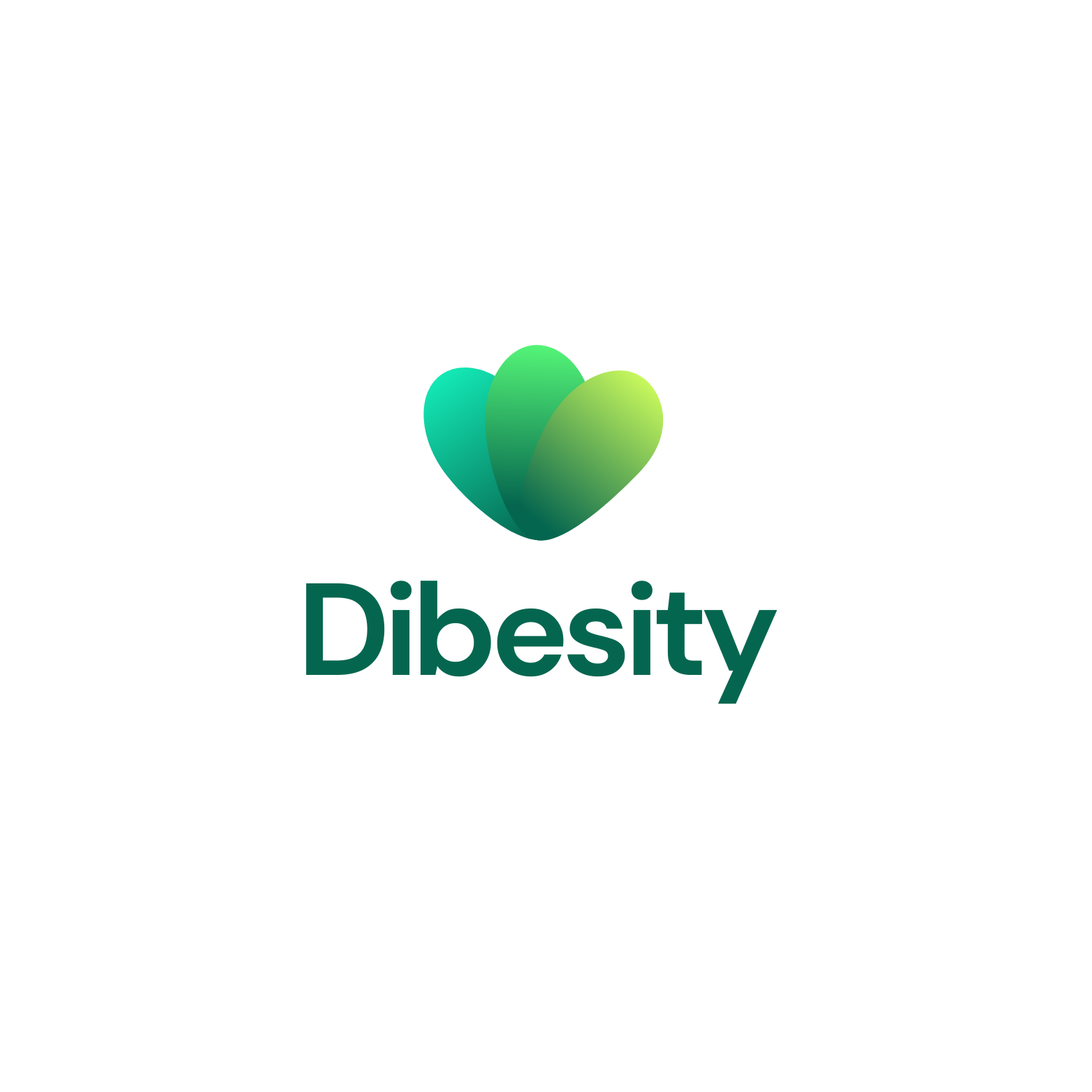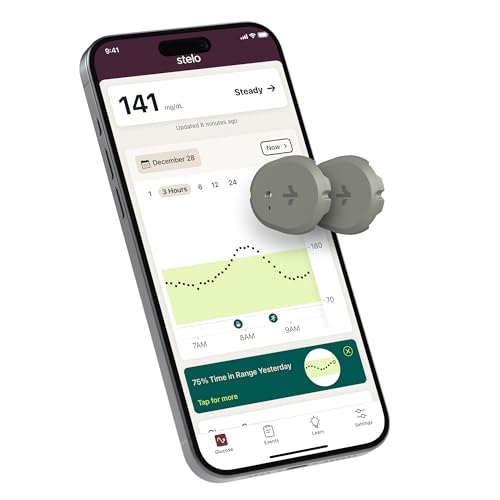Living with diabetes means juggling a lot of numbers. It’s easy to wonder which ones actually matter day to day, and which ones predict your long-term health. Two of the most useful are HbA1c and Time in Range (TIR).
HbA1c is the primary lab marker for long-term blood-sugar control, reflecting your average levels over roughly three months.
Whereas Time in Range (TIR), derived from continuous glucose monitoring, indicates the percentage of the day during which your glucose levels stay within the target range, highlighting day-to-day fluctuations.
Taken together, these measures give you and your care team a clearer, more complete picture of glycemic control.
Here’s a simple guide on how they work together to help people with diabetes achieve more effective and personalized care.
What is HbA1c?
HbA1c, or glycated hemoglobin, measures the percentage of hemoglobin in your RBC (red blood cells) that has glucose attached to it.
Because red blood cells live for around 8–12 weeks, HbA1c reflects the average blood glucose level over the past two to three months.
This test has been a foundation of diabetes care for decades. Major studies, including the Diabetes Control and Complications Trial (DCCT) for type 1 DM and the UK Prospective Diabetes Study (UKPDS) for type 2, showed that bringing HbA1c levels down can lower the risk of serious complications like eye damage (retinopathy), kidney disease (nephropathy), and nerve problems (neuropathy) [ref].
Moreover, the guidelines from the American Diabetes Association (ADA) recommend a target value of HbA1c less than 7% for many non-pregnant adults [ref].
However, targets are adjusted for factors such as age, co-existing conditions, and the risk of hypoglycemia.
Why HbA1c is valuable:
It is a standardized, widely available, and relatively inexpensive test with a proven link to long-term health outcomes.
HbA1C limitations:
HbA1c cannot show daily highs and lows, so a person with frequent fluctuations may still appear “in target” based on the average.
Results can also be misleading in people with anemia, certain hemoglobin variants, kidney disease, or conditions that change red blood cell lifespan [ref].
What is Time in Range (TIR)?
Time in Range is the percentage of time a person’s glucose readings fall within a recommended target range.
For most adults with type 1 or type 2 DM, the standard range is 70–180 mg/dL (3.9–10.0 mmol/L) [ref].
TIR is calculated from data collected by a continuous glucose monitor. CGM devices measure glucose every few minutes, giving a near-complete picture of daily trends and patterns.
Unlike a single blood test, CGM can reveal exactly when glucose levels rise or drop, such as after meals, during exercise, or overnight. The recommended CGM targets are.
● At least 70% of readings in range (about 17 hours/day)
● Less than 4% of readings below 70 mg/dL
● Less than 25% of readings above 180 mg/dL
Why TIR matters:
Various research studies have shown that higher TIR is linked to fewer complications and a better quality of life.
For example, a study’s results display that a 10% increase in TIR is associated with a decrease of approximately 0.6% in HbA1c [ref].
Limitations:
TIR depends on CGM technology, which may not be affordable or accessible for everyone, and interpreting the data requires some learning.
How TIR and HbA1c Relate
Although TIR and HbA1c measure different aspects of glucose control, they are connected. Multiple studies confirm a general correlation: as TIR improves, HbA1c usually decreases.
For example:
● Each 10% increase in TIR corresponded to about a 0.6% drop in HbA1c [ref].
● A TIR of around 70% often equates to an HbA1c near 7% [ref].
However, two individuals with the same HbA1c may have very different TIR values, depending on the timing and severity of glucose swings.
This is why many diabetes specialists now emphasize the need to review both (HbA1c and TIR) side by side.
Research Evidence and Clinical Outcomes
HbA1c and outcomes:
The DCCT and UKPDS studies clearly explained that lower HbA1c reduces the risk of complications.
In the DCCT, intensive glucose control resulting in an average HbA1c of about 7% (versus 9% in the conventional group) led to a 76% reduction in the onset of retinopathy and similar benefits for kidney and nerve health [ref].
TIR and outcomes:
More recent research shows that TIR is also a strong predictor of health outcomes:
● A study states that lower TIR was independently associated with higher prevalence of retinopathy and albuminuria [ref].
● Other studies have linked greater TIR with reduced cardiovascular risk and fewer hospitalizations for hypo- or hyperglycemia.
● Importantly, these benefits hold even when controlling for HbA1c, suggesting that TIR captures risk factors HbA1c misses.
Furthermore, ADA and the Endocrine Society now recommend using both measures when possible, as each adds unique value to the assessment of glucose control.
Advantages and Disadvantages of TIR vs HbA1C:
| Advantages | |
| HbA1c | TIR |
| It is a simple, standardized test that reflects long-term glucose control and is strongly supported by decades of research. | It offers detailed, real-time insight into glucose patterns, helps detect hypoglycemia and hyperglycemia, and is not affected by hemoglobin abnormalities. |
| It is available in most clinical settings worldwide and relatively low cost. | It can also be a motivating tool for patients, showing quick improvements after lifestyle or medication changes. |
| Disadvantages | |
| It cannot reveal variability or the timing of highs and lows, and it can be inaccurate in conditions affecting hemoglobin or red blood cells. | It requires access to CGM, which may involve higher costs or limited availability, and interpreting CGM reports may require initial training and support. |
Practical Application of TIR vs HbA1C in Diabetes Care
In clinical practice, HbA1c is often used as the preliminary measure for setting long-term goals and assessing complication risk, while TIR is reviewed alongside HbA1c to identify daily problem areas if it’s available.
For example:
● A person with an HbA1c of 6.8% but a TIR of only 55% may be experiencing frequent post-meal spikes and overnight lows.
This would provoke targeted adjustments to meal planning, medication timing, or insulin dosing [ref].
● Conversely, someone with an HbA1c of 7.3% but a TIR of 78% might have stable glucose slightly above target. This could call for gentle therapy adjustments rather than major changes [ref].
For people using a CGM at home, TIR can guide day-to-day adjustments. If your TIR improves after tweaking a meal or adding some activity, that’s a sign the change is helping; if it drops, it’s a cue to look for patterns and, if needed, check in with your care team before small issues turn into bigger ones.
Conclusion
Both HbA1c and Time in Range are valuable tools in diabetes management. HbA1c remains the gold standard for predicting long-term complications, but it cannot show the daily variability that affects both short-term safety and overall quality of life.
TIR, powered by CGM technology, fills that gap by revealing when and how often glucose levels are within a healthy range.
The best outcomes come from using both measures together one to track the long view, the other to capture the details.
For people with access to CGM, reviewing TIR alongside HbA1c can make diabetes care more precise, more responsive, and ultimately, more effective.
- Advanced Glucometer Kit: metene TD-4116 diabetes testing kit is equipped with advanced technologies, brings more accurat…
- Easy to Use: The blood glucose monitor is with code-free design, ready for testing once insert the strip correctly; the …
- 7 Seconds And 0.7µl Blood: This blood glucose meter kit just needs 0.7 microliter blood sample and 7 seconds to get you …
- DESIGNED FOR IPHONE 11 DEVICE OR LATER. US Only.
- KNOW THE IMPACT OF WHAT YOU EAT. The Lingo biosensor measures your glucose response to food, exercise, and other lifesty…
- ACCURACY YOU CAN RELY ON. The biosensor monitors your glucose via a tiny filament that sits just below the skin. Whereas…
- ✅ For people NOT using insulin, ages 18 years and older
- ❌ Don’t use if: On insulin, on dialysis, or have problematic hypoglycemia
- AVAILABLE FOR iOS AND ANDROID: The only biosensor that works with both Apple and Android operating systems (compatible s…
- Glucose Monitoring Continuous
- ✅ For people NOT using insulin, ages 18 years and older.
- ❌ Don’t use if: On insulin, on dialysis, or have problematic hypoglycemia.
- Official Stelo partner.








